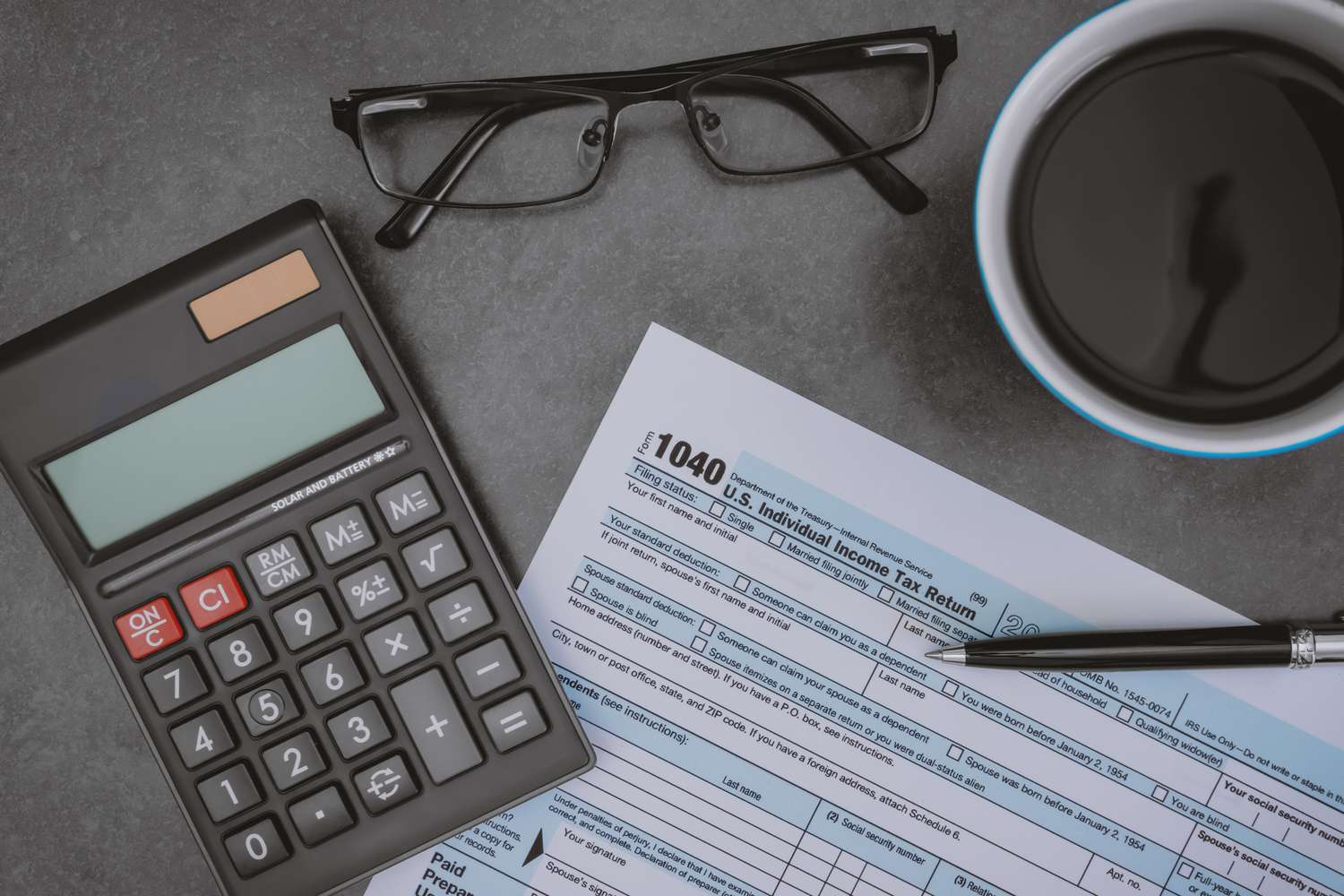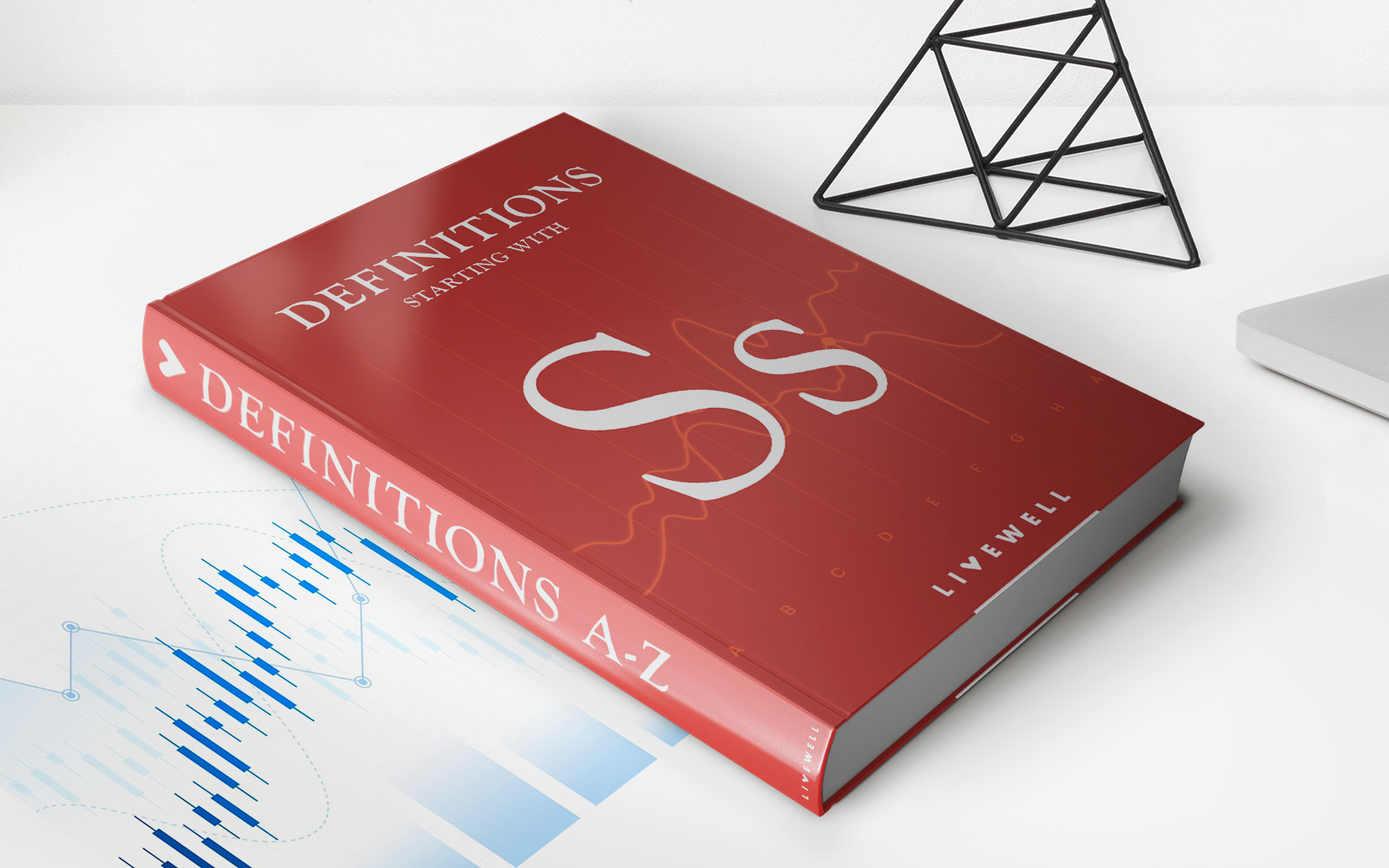Home>Finance>How To Calculate Social Security Benefits That Are Taxable


Finance
How To Calculate Social Security Benefits That Are Taxable
Modified: February 21, 2024
Learn how to calculate taxable social security benefits and optimize your finance. Understand the intricacies and maximize your financial planning.
(Many of the links in this article redirect to a specific reviewed product. Your purchase of these products through affiliate links helps to generate commission for LiveWell, at no extra cost. Learn more)
Table of Contents
Introduction
When planning for retirement, it is crucial to understand how Social Security benefits are taxed. While these benefits can provide a valuable source of income during retirement, they may also be subject to federal income taxes. Determining the taxable portion of your Social Security benefits can be a complex task, as it involves calculating your provisional income and comparing it to the base amount set by the Internal Revenue Service (IRS).
Understanding how to calculate taxable Social Security benefits is essential for accurate tax planning and budgeting. By knowing how much of your benefits will be subject to taxation, you can better prepare for any potential tax liabilities and make informed financial decisions.
In this article, we will guide you through the process of determining the taxable portion of your Social Security benefits. We will walk you through the step-by-step calculations and provide you with an example to illustrate how it works in practice. By the end, you will have a clearer understanding of how to calculate your taxable Social Security benefits and be better equipped to manage your retirement finances.
Determining Taxable Social Security Benefits
Calculating the taxable portion of your Social Security benefits involves evaluating your provisional income and comparing it to the base amount set by the IRS. Let’s break down the process into three simple steps:
- Step 1: Calculate Provisional Income: To determine the taxable portion of your Social Security benefits, you first need to calculate your provisional income. Provisional income is your total income plus any tax-exempt interest and half of your Social Security benefits. It includes sources such as wages, self-employment income, pensions, dividends, and rental income. By adding these components together, you can calculate your provisional income.
- Step 2: Determine the Base Amount: The IRS establishes a base amount threshold to determine if your Social Security benefits will be subject to taxation. The base amount is determined by your filing status: $25,000 for single individuals, heads of households, and qualifying widows or widowers, and $32,000 for married couples filing jointly. If your provisional income is below the base amount, your Social Security benefits are generally not taxable. However, if your provisional income exceeds the base amount, we move on to the next step.
- Step 3: Calculate the Taxable Portion: If your provisional income exceeds the base amount, you will need to calculate the percentage of your Social Security benefits that are taxable. For single individuals and heads of households, up to 50% of their Social Security benefits may be subject to taxation if their provisional income is between the base amount and $34,000 (or $44,000 for married couples filing jointly). Additionally, for those with a provisional income above $34,000 (or $44,000 for married couples filing jointly), up to 85% of their Social Security benefits may be taxable.
By following these three steps, you can determine the taxable portion of your Social Security benefits. The next section will provide an example calculation to help illustrate the process.
Step 1: Calculate Provisional Income
Calculating your provisional income is the first step in determining the taxable portion of your Social Security benefits. Provisional income is calculated by adding together various sources of income and specific deductions. Here’s how you can calculate your provisional income:
- Add up your total income: Start by adding up all your sources of income for the year, including but not limited to wages, salaries, self-employment income, rental income, dividends, and pensions.
- Add tax-exempt interest: Include any tax-exempt interest you received throughout the year. Tax-exempt interest includes municipal bonds and certain other types of investments that are not subject to federal income tax.
- Include half of your Social Security benefits: Take half of your total Social Security benefits and add them to the provisional income calculation. This step is an essential part of determining the taxable portion of your benefits.
Once you have gathered all the necessary information, add these components together to calculate your provisional income. It is important to note that if you file a joint return, you and your spouse’s provisional incomes should be combined.
Keep in mind that provisional income does not include Supplemental Security Income (SSI) or any other public assistance benefits. Only taxable income and certain adjustments are considered in this calculation.
By determining your provisional income, you will have the necessary information to assess whether your Social Security benefits will be subject to federal income tax. In the next step, we will explore how to calculate the base amount and determine the taxable portion of your benefits.
Step 2: Determine the Base Amount
Once you’ve calculated your provisional income, the next step in determining the taxable portion of your Social Security benefits is to determine the base amount. The base amount is a threshold established by the Internal Revenue Service (IRS) that determines whether your benefits will be subject to taxation. The base amount varies depending on your filing status.
Here are the base amount thresholds for determining the taxable portion of your Social Security benefits:
- For single individuals, heads of households, and qualifying widows or widowers: $25,000
- For married couples filing jointly: $32,000
If your provisional income is below the base amount for your filing status, your Social Security benefits are generally not subject to taxation. However, if your provisional income exceeds the base amount, you’ll need to move on to the next step to calculate the taxable portion of your benefits.
It’s important to note that the base amount is not a deduction or an exemption. It is simply a threshold to determine whether your benefits will be taxed. If your provisional income exceeds the base amount, it does not mean that your entire Social Security benefits will be taxable. Instead, it triggers the calculation of the percentage of your benefits that may be subject to taxation.
Understanding the base amount for your filing status is essential as it serves as a guideline for determining the taxability of your Social Security benefits. In the next step, we will delve into calculating the taxable portion of your benefits based on your provisional income and the base amount.
Step 3: Calculate the Taxable Portion
After determining your provisional income and the base amount, the next step in calculating the taxable portion of your Social Security benefits involves determining the percentage of your benefits that may be subject to taxation. The percentage depends on your provisional income and your filing status.
Here’s how you can calculate the taxable portion of your Social Security benefits:
- For single individuals and heads of households: If your provisional income is between the base amount and $34,000, up to 50% of your Social Security benefits may be subject to taxation. If your provisional income exceeds $34,000, up to 85% of your benefits may be taxable.
- For married couples filing jointly: If your provisional income is between the base amount and $44,000, up to 50% of your Social Security benefits may be taxable. If your provisional income exceeds $44,000, up to 85% of your benefits may be subject to taxation.
It’s important to note that the percentage calculated does not determine the exact amount of taxable benefits. Instead, it represents the portion of your benefits that may be subject to federal income tax.
To illustrate this process, let’s consider an example:
John, a single individual, has a provisional income of $40,000. The base amount for single individuals is $25,000. Therefore, John’s provisional income exceeds the base amount. Based on his provisional income, up to 85% of his Social Security benefits may be subject to taxation.
By following these guidelines and utilizing your specific filing status and provisional income, you can determine the percentage of your Social Security benefits that may be taxable.
Understanding how to calculate the taxable portion of your Social Security benefits allows you to plan your finances effectively and ensure you are prepared for any potential tax liabilities. In the next section, we will provide an example calculation to further demonstrate the process.
Example Calculation
To bring clarity to the calculation process, let’s walk through an example:
Let’s say Emma and James are a married couple filing jointly. Emma receives an annual pension of $20,000, while James has a salary of $40,000. Additionally, they receive $12,000 in tax-exempt interest and $18,000 in Social Security benefits.
To determine their provisional income, they need to add up their total income sources:
- Emma’s pension: $20,000
- James’s salary: $40,000
- Tax-exempt interest: $12,000
- Half of their Social Security benefits: $18,000 / 2 = $9,000
Their provisional income would be $20,000 + $40,000 + $12,000 + $9,000 = $81,000.
Next, they need to compare their provisional income to the base amount. They are filing jointly, so their base amount is $32,000.
Since their provisional income of $81,000 exceeds the base amount, they’ll need to calculate the taxable portion of their Social Security benefits.
For married couples filing jointly, if their provisional income is between $32,000 and $44,000, up to 50% of their Social Security benefits may be taxable. If their provisional income exceeds $44,000, up to 85% of their benefits may be subject to taxation.
In this case, since Emma and James’ provisional income exceeds $44,000, up to 85% of their Social Security benefits may be taxable. Therefore, they will need to consult their tax advisor or use tax software to calculate the exact taxable amount based on the IRS guidelines.
By reviewing this example, you can see how the calculations unfold when determining the taxable portion of Social Security benefits. It is crucial to consider your individual circumstances, including filing status, income sources, and applicable deductions, to accurately calculate the taxable amount.
Consulting a tax professional can provide further guidance and ensure that you accurately determine the taxable portion of your benefits based on your specific situation.
Conclusion
Calculating the taxable portion of your Social Security benefits is an important step in understanding your overall tax liability during retirement. By following the three steps outlined in this article, you can determine the amount of your benefits that may be subject to federal income tax.
First, calculate your provisional income by adding up all your sources of income, tax-exempt interest, and half of your Social Security benefits. Then, compare your provisional income to the base amount set by the IRS, depending on your filing status. If your provisional income exceeds the base amount, you’ll move on to the final step.
Finally, calculate the percentage of your Social Security benefits that may be subject to taxation based on your provisional income and filing status. This percentage ranges from 50% to 85%, depending on your income level.
Understanding how to calculate the taxable portion of your benefits allows you to effectively plan for your retirement finances. It ensures that you are prepared for any potential tax liabilities and enables you to make informed financial decisions.
It is important to note that the examples provided in this article are for illustrative purposes only. Your specific circumstances and the current tax laws may result in different calculations. Therefore, consulting a tax professional or using tax software is recommended to accurately determine the taxable amount of your Social Security benefits.
By taking the time to understand the process and seeking professional guidance if needed, you can ensure that you are properly prepared for the tax implications of your Social Security benefits. Being proactive in your retirement planning can lead to better financial stability and peace of mind.
Additional Considerations
While the steps outlined in this article provide a general framework for calculating the taxable portion of your Social Security benefits, there are several additional factors to consider:
- State taxes: While this article focuses on federal income tax, it’s important to note that some states also tax Social Security benefits. Be sure to research the guidelines for your specific state and consider any applicable state tax laws.
- Changes in tax laws: Tax laws are subject to change, and the rules surrounding the taxation of Social Security benefits may be revised. It’s essential to stay informed about any updates to the tax code and consult with a tax professional for the most up-to-date information.
- Spousal benefits: If you are married and both spouses receive Social Security benefits, it’s important to consider how the combined income affects the taxability of your benefits. Calculating the provisional income for both spouses and understanding the impact on tax liability is crucial for accurate tax planning.
- Timing of benefit withdrawals: The timing of when you choose to start receiving Social Security benefits can also affect the taxability. Starting benefits earlier may increase the portion of benefits subject to taxation, while delaying benefits can potentially lower the taxable amount. Consider your individual situation and consult with a financial advisor to determine the optimal strategy for your retirement income needs.
- Deductions and credits: Additionally, be aware of the deductions and credits you are eligible for, as they can help offset the impact of taxable Social Security benefits. Consulting a tax professional can provide guidance on available deductions and credits that can minimize your overall tax liability.
Considering these additional factors will help you navigate the complexities of taxation on Social Security benefits and make informed decisions to optimize your retirement income. Working with a tax professional or financial advisor who specializes in retirement planning can offer personalized advice based on your unique circumstances.
Remember, accurate tax planning and understanding the effects of taxation on your Social Security benefits are crucial steps in creating a secure and sustainable retirement financial plan.














